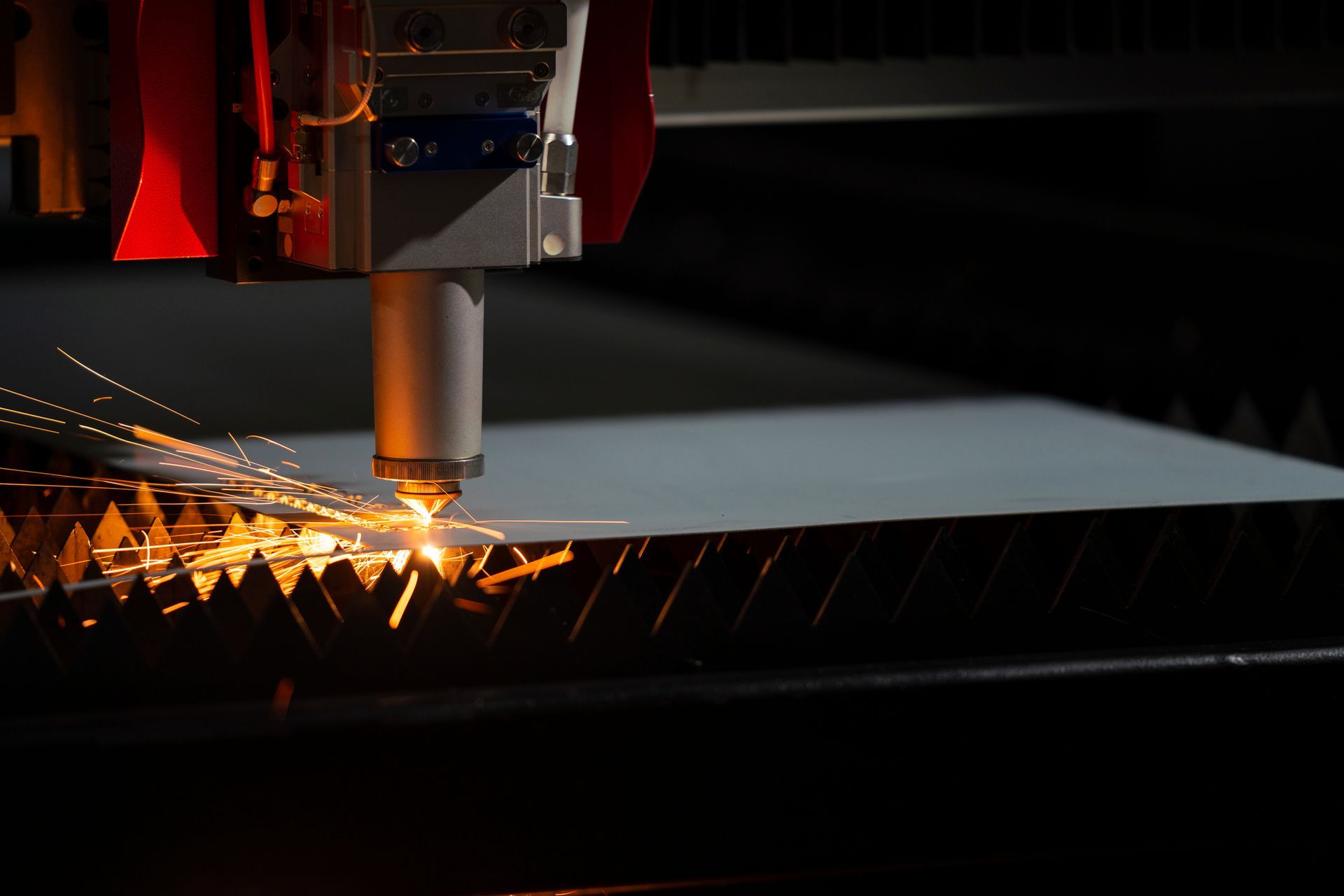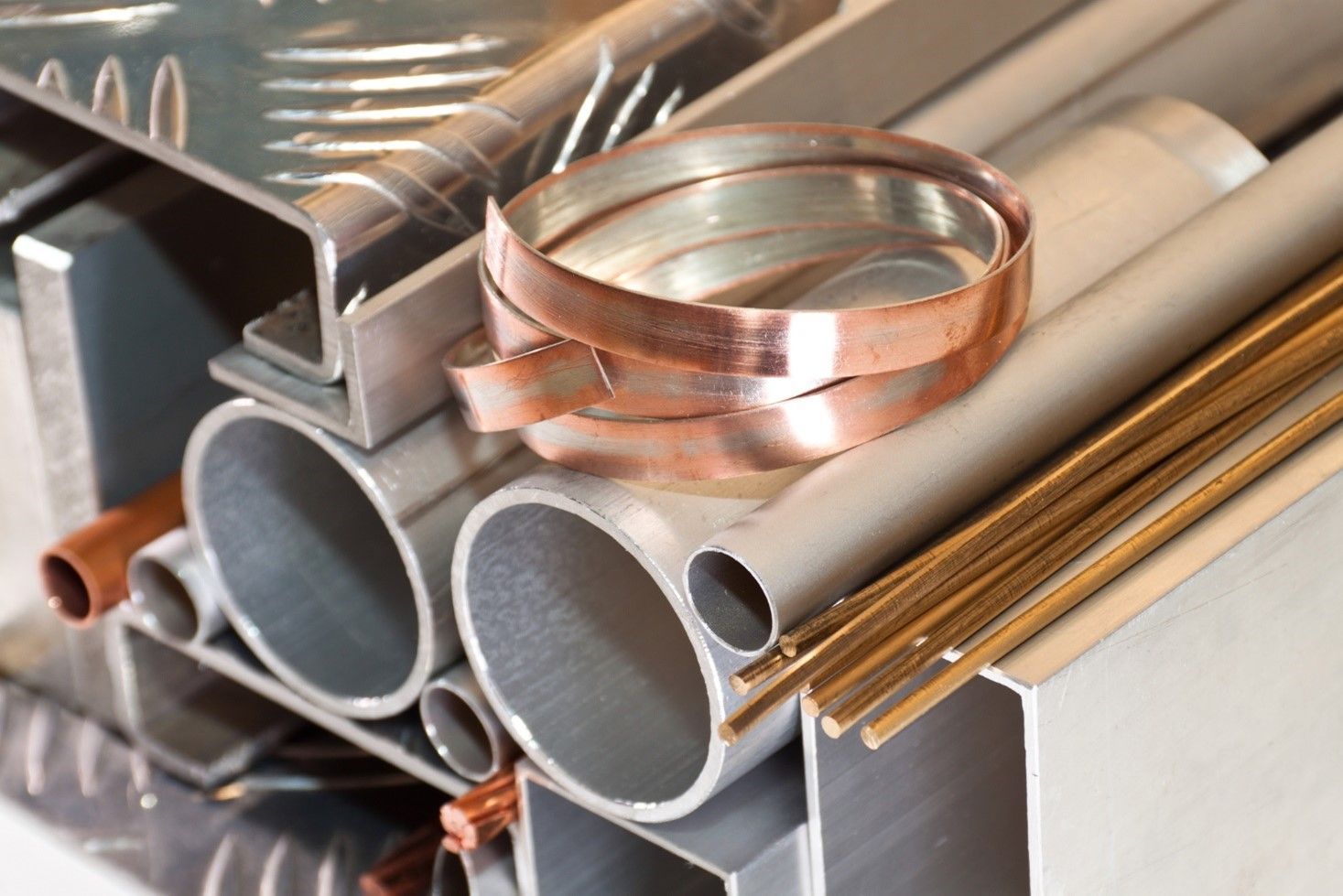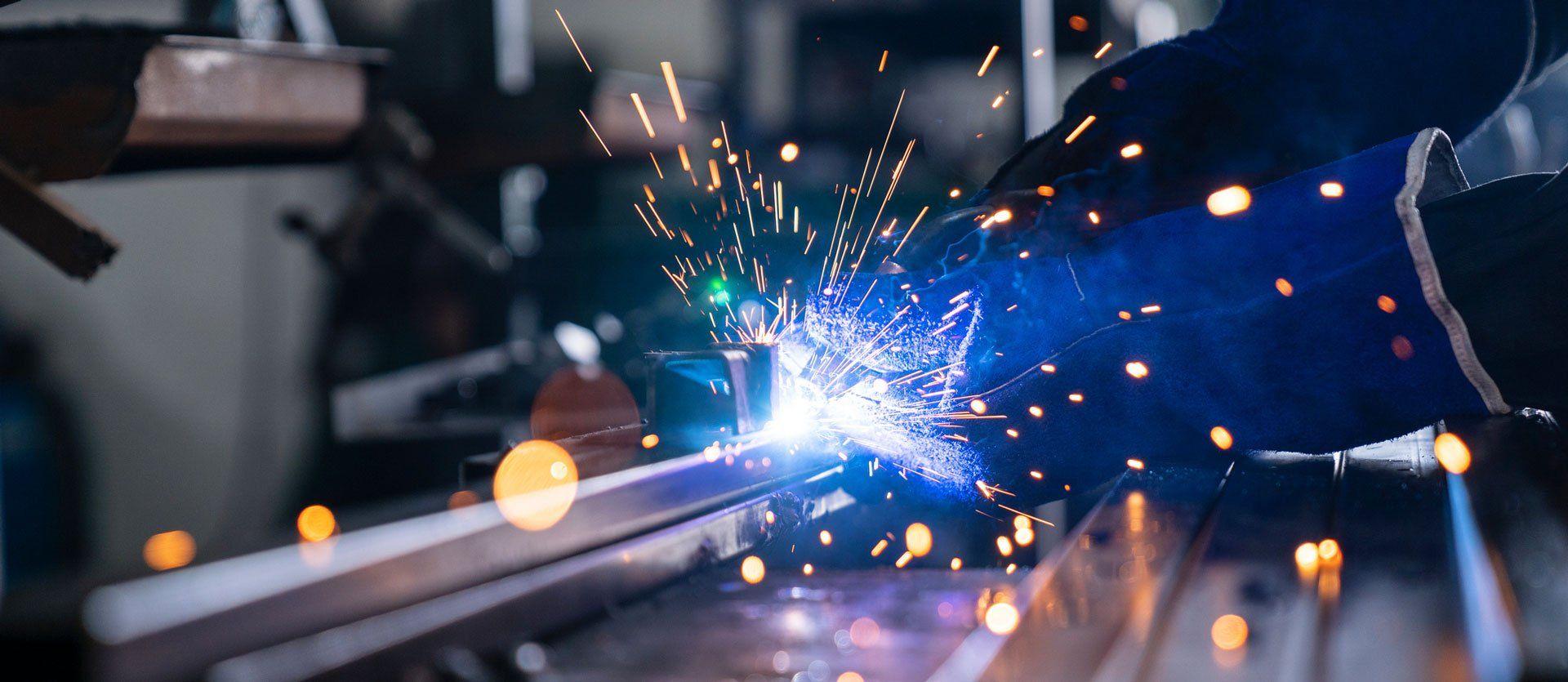Comparing Metal Cutting Methods
Metal cutting is a manufacturing process that divides a larger material into smaller parts. Various methods are available, each with unique advantages and limitations, tailored to specific projects and metals. Below is an outline of some common methods.
Laser Cutting
Laser cutting focuses a concentrated beam of light generated by a laser onto the metal surface. The intense energy of the laser beam rapidly heats and melts the metal at the point of contact. Simultaneously, a high-pressure gas, like nitrogen or oxygen, blows away the molten material, leaving behind a clean, smooth, and accurate cut.
Laser cutting offers several advantages over traditional cutting techniques. Its non-contact nature eliminates the need for physical blades, minimizing wear and tear and reducing maintenance costs. The process also enables intricate and complex designs with exceptional edge quality. Additionally, it reduces material wastage due to its narrow kerf width, maximizing resource utilization and cost-effectiveness.
This technology finds wide applications in various industries, such as automotive, aerospace, electronics, and manufacturing. Its precision, speed, and versatility make it a preferred choice for cutting metals, offering an optimal solution for achieving high-quality products and components.
Waterjet Cutting
Waterjet cutting is a highly effective metal cutting process that utilizes a high-velocity stream of water mixed with abrasive particles. This stream is directed at the metal surface, eroding the material through a combination of abrasion and erosion. The waterjet's velocity is carefully controlled to ensure precision and accuracy in the cutting process.
First, pressurized water is pumped through a small nozzle, forming a concentrated jet. Then, abrasive particles are added to the water stream, enhancing its cutting capabilities. When the water jet makes contact with the metal, the abrasives accelerate the erosion process, effectively slicing through the material.
Waterjet cutting is advantageous because it doesn't create heat-affected zones or alter the metal's inherent structure, preserving its integrity. This method is ideal for cutting intricate shapes and materials with varying thicknesses. Additionally, waterjet cutting is environmentally friendly, as it produces no hazardous fumes or waste.
Plasma Cutting
Plasma cutting is a highly efficient metal-cutting process that employs a focused, high-velocity jet of ionized gas to slice through various types of metals. The key components of a plasma cutting system include a power supply, gas supply, and cutting torch.
In this process, an electric arc is formed between an electrode in the torch and the metal being cut, leading to the ionization of gas passing through the nozzle. The gas can be nitrogen, oxygen, argon-hydrogen, or a mixture of gasses. This ionization converts the gas into plasma, an incredibly hot state of matter. The plasma jet emerges from the nozzle and reaches extremely high temperatures.
The intensely heated plasma is directed towards the metal surface, causing that specific area to melt. Simultaneously, the high-velocity gas blows away the molten metal from the cut, creating a clean and precise incision. The speed and precision of the cut depend on the metal's thickness, the plasma gas used, and the cutting speed settings.
Sawing
When sawing metal, a specialized tool called a saw is used. The saw consists of a sharp-edged blade or abrasive discs that slice through the metal with precision and efficiency.
The efficiency of the sawing process in metal cutting is determined by various factors, such as the blade or disc's material, size, and teeth per inch (TPI). For instance, a fine-toothed blade with a higher TPI is suitable for intricate cuts on thin metal sheets, while a coarse-toothed blade with a lower TPI is more suitable for cutting thick metal bars or pipes.
Schorr Metals Inc. offers a wide range of industrial hardware and precision fabrication. Our knowledgeable staff and top-quality manufacturers ensure you get the best experience.
Contact us now to get started.








